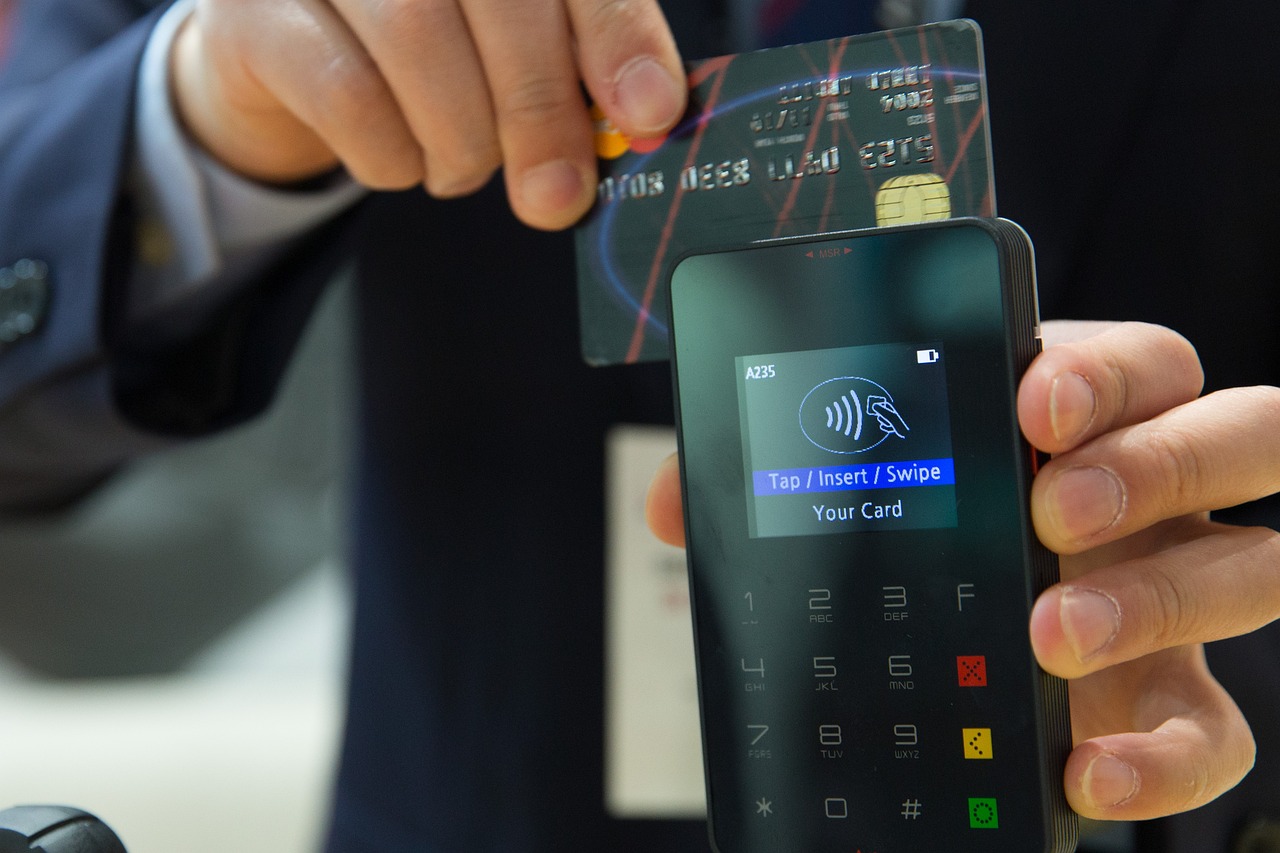The bank card has become an indispensable means of payment. When shopping, it is increasingly replacing cash, and at the checkout, it says, ‘Please enter your PIN’ or ‘Your signature, please’. Customers have no say in the matter, but why is that?
Paying with a bank card: what customers need to know
Anyone who hasn’t already switched to mobile payment via smartphone or smartwatch will often use their bank card, giro card or EC card (the old term). If you haven’t heard of one or the other yet, don’t worry: the different names refer to the same thing – the card you use to access your bank account, but not the credit card.
Especially since the pandemic, the debit card has become indispensable for even more customers when shopping – and is finally being accepted in many more shops. But who actually decides whether we have to enter the PIN or sign at the checkout? The short answer is the retailer and chance.
PIN or signature? Retailers have the last word
On closer inspection, the hidden process becomes a little more complicated: whether you are asked to enter your PIN or sign always depends on the shop where you want to pay. But what is the difference between shops and retailers?
When paying by PIN, your account is debited immediately (source: Sparkasse). The merchant receives the money and can (almost) rule out problems later on. This is why you may also receive an error message at the checkout when paying by PIN if you have less credit available (and no overdraft facility). However, the account balance will not be displayed.
If, on the other hand, you are asked to sign, you are authorising the seller to collect the amount from your account at a later date by electronic direct debit (ELV). This also works if you are (too) short of cash. The problem for the retailer is that nobody knows whether you are really solvent or whether you are buying on credit. In addition, direct debit payments are easy for you to reclaim.
PIN on the rise: Signature is becoming less common – for good reason
For merchants, everything speaks in favour of the PIN – it is simply more secure. But the service costs money: Retailers usually pay around 0.2 per cent of the purchase value to the relevant bank or payment services such as Visa or Maestro. The solution: Many supermarkets, retail outlets and catering businesses switch back and forth between the two systems. As a rule, the PIN request predominates, which ensures secure income. Signatures are used less frequently, but there are savings to be made here.
So, if you’re running short of money at the end of the month, you, as a customer, could come up with the idea of preferring to pay by signature and thus delaying the direct debit. However, this only works if you know shops that only accept ELV payments.
If you pay contactless with your debit card using NFC, you often don’t even have to enter your PIN. This makes the payment method particularly fast. However, there is a minimum amount for security reasons, so you still have to enter your PIN for larger purchases. The limit is usually 50 euros. Nevertheless, if you have activated contactless payment, you should have your card blocked, particularly quickly, if you lose it.
- source: giga.de/picture:
This post has already been read 2736 times!



